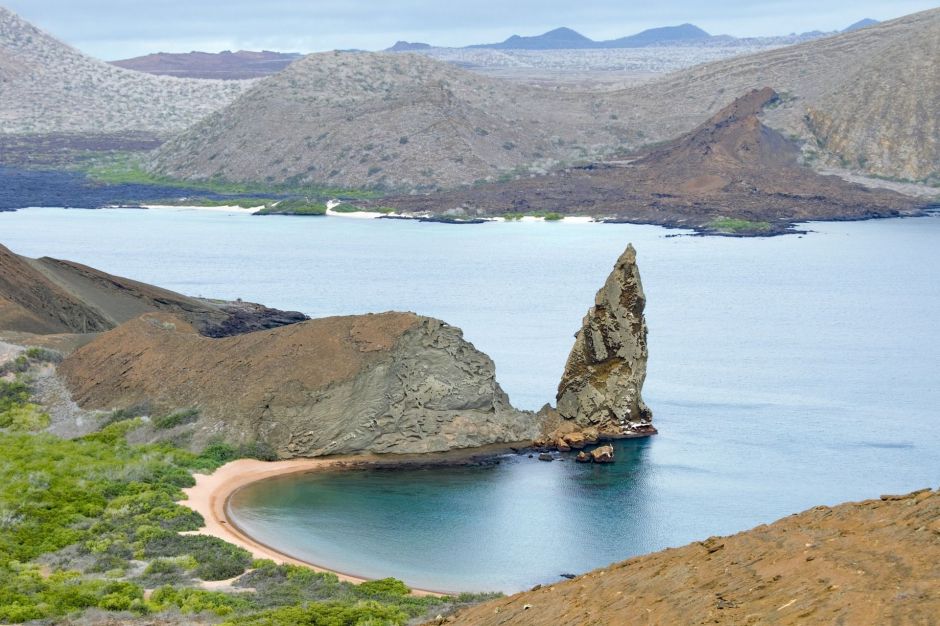Tension in Ecuador and Peru: 300 Chinese fishing boats detected near Galapagos | The NY Journal
[ad_1]

A fleet of 300 Chinese fishing boats causes alarm to Ecuador and Peru due to their proximity to the natural and fishing resources of both countries
Tensions are rising along the Pacific coast of South America as A giant Chinese fishing fleet of approximately 300 vessels moves from the edge of the Galapagos marine reserve, which belongs to Ecuador, towards the waters of Peru.
On Tuesday, President Trump criticized China on a variety of issues, from the coronavirus to human rights, in a speech to the United Nations. He highlighted China’s fishing and maritime behavior, saying that the country “dumps millions and millions of tons of plastic and garbage into the oceans, overfishes the waters of other countries” and destroys coral reefs.
Chinese fishing boats looted the protected waters near the Galapagos Marine Reserve to catch squid, that are crucial for the survival of species in the area such as sea lions, hammerhead sharks and tunas, according to data analyzed by the marine conservation group Oceana.
Shortly thereafter, the United States Embassy in Peru published a tweet in which pointed out the Chinese megafleet off the Peruvian coast, accusing the fleet of renaming ships and disabling GPS tracking to limit surveillance of their activities.
Alert! A fleet of more than 300 Chinese flag ships with a history of changing ship names and disabling GPS tracking is in front of the #Peru. Overfishing can cause enormous ecological and economic damage. Peru cannot afford such a loss. pic.twitter.com/mYqaHXVhry
– US Embassy Peru (@USEMBASSYPERU) September 22, 2020
That prompted a swift response from the Embassy of China in Peru, which suggested that United States he was lying about the marine and environmental integrity of the fleet.
“We hope that the Peruvian public is not misled by false information,” said the statement, which was written in Spanish.
Statement from the Chinese Embassy in Peru pic.twitter.com/zTIbqZdr7V
– Embassy of China in Peru (@ChinaEmbPeru) September 23, 2020
According to government and defense sources, The Chinese mega fleet has moved south in recent days towards the waters of Peru.
Like the United States and other countries, Ecuador has an exclusive economic zone of 200 nautical miles from its coast, swork which has sovereign rights over all resources. According to news reports, the government is discussing whether it could expand that zone to 350 nautical miles.
In addition, the South American country is working with neighbors such as Costa Rica, Panama and Colombia to establish a corridor of marine reserves that would isolate much of the rich and biodiverse marine life along the Pacific coast from commercial fishing.
.
[ad_2]
Source link



